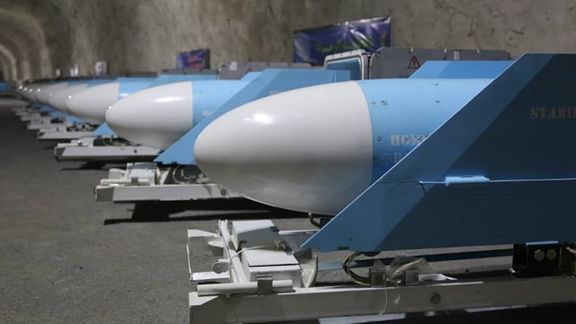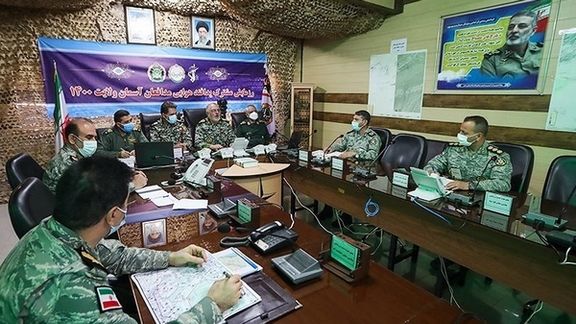US Intelligence: Iran Probes While Wary Of Full-Scale Conflict

While wishing to avoid escalation, Iranian officials think they have not “sufficiently retaliated” for killing of Qasem Soleimani, US military intelligence believes.

While wishing to avoid escalation, Iranian officials think they have not “sufficiently retaliated” for killing of Qasem Soleimani, US military intelligence believes.
In the ‘Worldwide Threat Assessment” report presented this week to the Senate Armed Services Committee, Lieutenant General Scott Berrier, Director of the Defense Intelligence Agency, said Iran was probably “planning covert actions against US officials to retaliate” for Soleimani’s death “while attempting to maintain plausible deniability and minimize escalation.” General Soleimani, commander of Iran’s extra-territorial Al-Qods Force (QF), was killed by a US drone strike in Baghdad in January 2020.
Berrier’s report, submitted May 10, suggests Iran wants to avoid “an escalation in regional tensions or full-scale conflict” and therefore “probably calibrates its attacks to pressure adversaries and proportionally retaliate for real or perceived transgressions…”
Iran’s approach to Soleimani’s demise, Berrier argues, reflects its wider military strategy “based on deterrence and retaliation,” including “the region’s largest arsenal of UAVs [unmanned aerial vehicles, or drones]” and missiles, favored for cost and sometimes plausible deniability.

Iran has also gained “strategic depth,” the report says, through supporting “partner and proxy networks in Iraq, Lebanon, Syria, and Yemen” that facilitate attacks on US and allied interests in line with Iran’s aim of “attempting to force a US military drawdown” from the region, a goal inherited by Soleimani’s successor as QF commander Esmail Ghani.
Capable partners, fiscal pressures
The report highlights Hezbollah as Iran’s “most important and capable substate partner” whose strategic interests “rarely diverge.” It notes the 2021 first use in Iraq by Iran-allied militias of UAVs against US targets, and by Iranian forces in Syria deploying UAVs “in the most sophisticated attack against a US military base in the country to date, reportedly in retaliation for an Israeli airstrike...”
In Yemen, Iranian advisers and weapons – including in the past year the supply of the relatively advanced Shahed-136 – had enabled Ansar Allah, or Houthis, with “long-range strike capacities” whose use is on hold since mid-April with the de facto truce between the Houthis and the Saudi-led coalition.
The report suggests Iran’s military expenditure, despite a rising defense budget, had been curtailed by the fiscal consequences of US ‘maximum pressure’ sanctions since 2018 impeding “Tehran’s access to traditional government funding streams, including oil exports.”
The report says little about Tehran’s nuclear program other than noting its attempts to gain “leverage” by diminishing adherence to the 2015 deal (the JCPOA, Joint Comprehensive Plan of Action), which the US left in 2018 and which world powers have been struggling to revive for over a year.
Looking ahead, Berrier anticipates a year in which Iran’s response to US and allied “operations…probably would seek to demonstrate strength, reduce Western regional influence, and reestablish deterrence following repeated attacks on Iranian interests in Iran and Syria.” This would likely involve deniable attacks, including cyberoperations, while Tehran sought to avoid “escalation it expects would undermine JCPOA negotiations or impede its goal of compelling a US withdrawal from the region.”